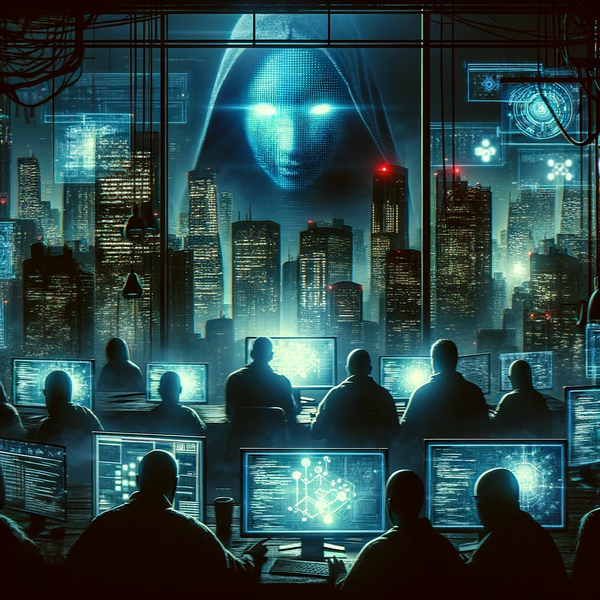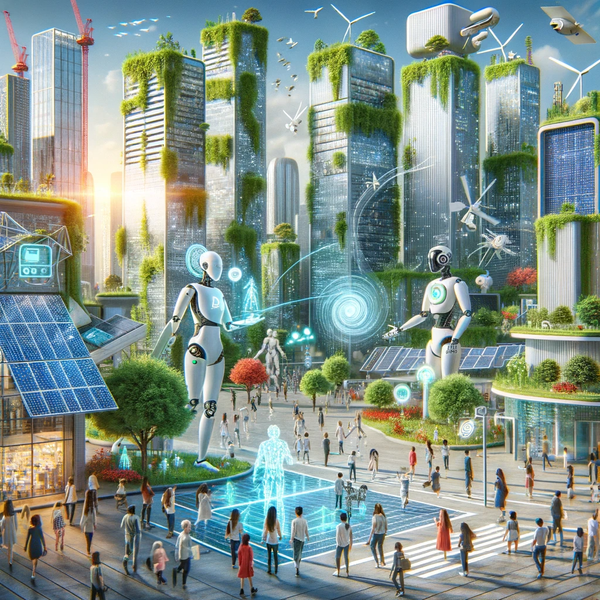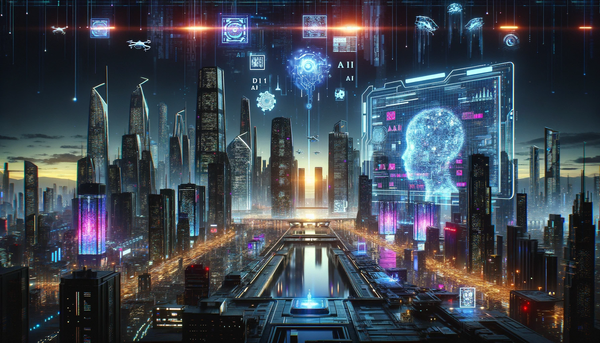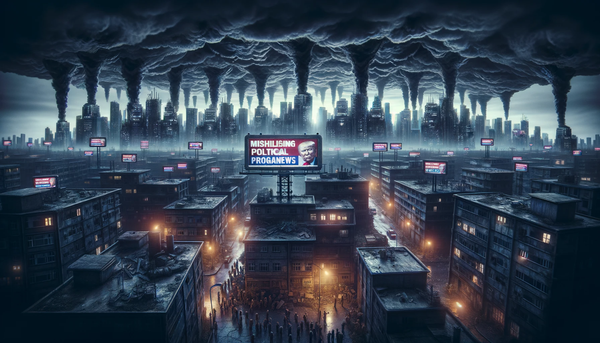Not All Is What It Seems: The Hidden Dangers of LLMs and AI Imagery
In the digital age, tools like LLMs, ChatGPT, and Google Pixel's AI blur reality and virtuality. Misused, they can craft deceiving images that stir negative emotions, fuel misinformation, and impact mental health.
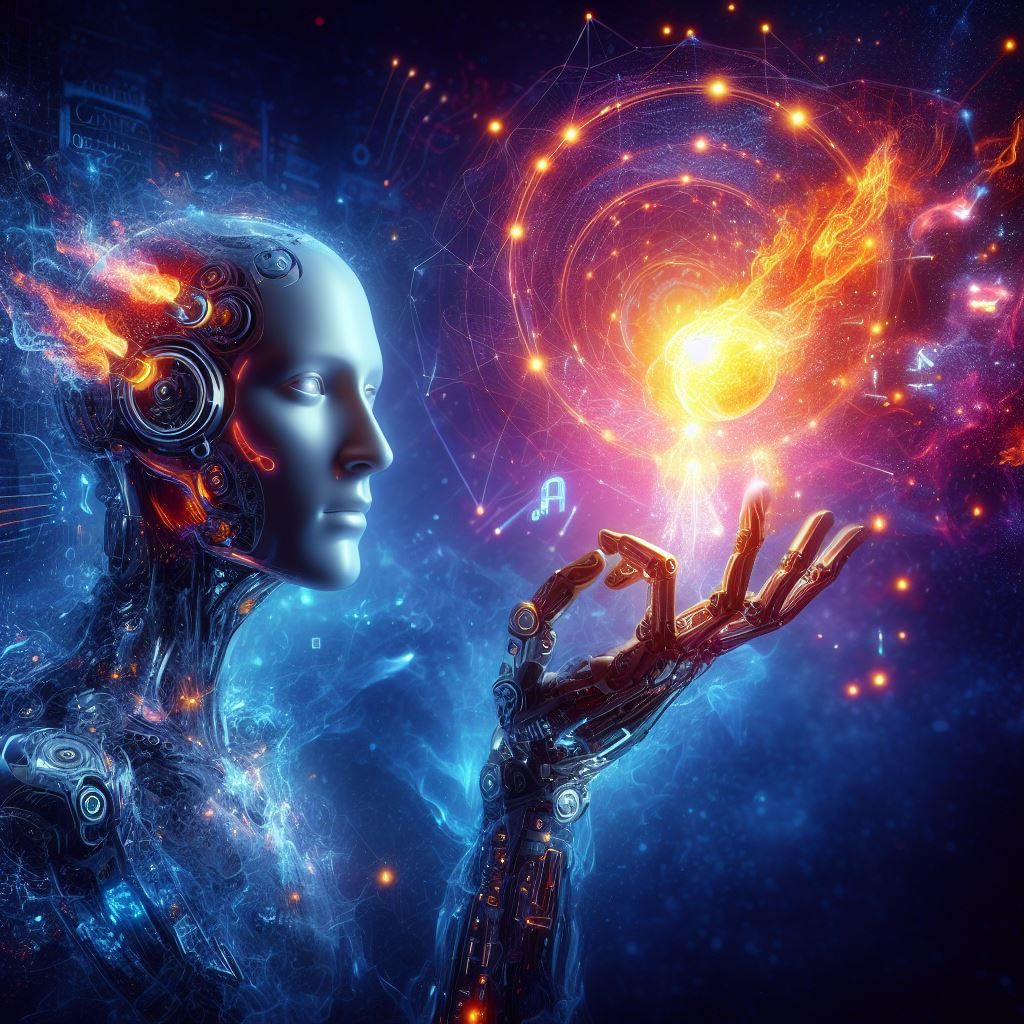
In today's digital age, the line between reality and virtual reality is becoming increasingly blurred. With the rise of LLMs (Large Language Models) like ChatGPT, Bing Image Creator, and the advanced AI technology in devices like Google Pixel, the ability to create convincing images and narratives has never been easier. But as with all technological advancements, there's a dark side. Not everything that glitters is gold, and not all images generated by AI are benign.
The old adage, "A picture is worth a thousand words," holds especially true in our digital era. Imagery has the power to inspire, captivate, and move audiences. But what happens when these images are used to spark negative emotions? What happens when a tool as powerful as LLMs or the Bing Image Creator is misused?
1. The Manipulation Game
Imagine a scenario where you come across an image on the internet. This image is heart-wrenching, showing devastation, loss, or even manipulated 'evidence' of some real-world event. Your heart goes out to those affected, and you are compelled to act. Only, the image was a fabrication. Created with the intent to deceive, using advanced AI tools. This isn’t just a fictitious example; with tools like ChatGPT and Google Pixel’s AI capabilities, crafting 'reality' is just a few clicks away.
2. Misinformation and Disinformation
The real danger lies in the purpose behind these images. Misinformation (unintentionally false information) and disinformation (intentionally false information) can have real-world consequences. Fake news, manipulated images, and deepfakes are terms that have emerged as AI-driven content has proliferated online. Tools such as Bing Image Creator can be easily misused to further such agendas.
3. A Threat to Mental Health
It's not just about misleading news or events. Images that deliberately evoke negative emotions can be harmful. Just as positive imagery can uplift and inspire, negative imagery, especially when encountered repetitively, can cause distress, anxiety, and even depression. Constant exposure to 'crafted' disturbing images can distort one's perception of the world.
4. The Challenge of Discerning Truth
To the untrained eye, discerning between real and AI-generated content can be a challenge. With Google Pixel's AI processing, photos can be enhanced to look surreal, making them harder to distinguish from unaltered shots. And as LLMs like ChatGPT become more refined, the narratives accompanying these images become even more believable.
5. The Way Forward
Educating oneself is crucial. Recognizing that not all is what it seems, and being aware of the tools at play, is the first step. Platforms that host and share content also have a role to play. Implementing stricter guidelines, creating tools to detect AI-generated content, and fostering a culture of verification can help mitigate these threats.
In conclusion, while LLMs, ChatGPT, Google Pixel's AI capabilities, and tools like the Bing Image Creator bring with them a world of possibilities, they also introduce a realm of risks. As end-users, it's our responsibility to be discerning consumers of content, always questioning and verifying the images and stories we encounter. After all, in the age of AI, seeing shouldn't always equate to believing.
